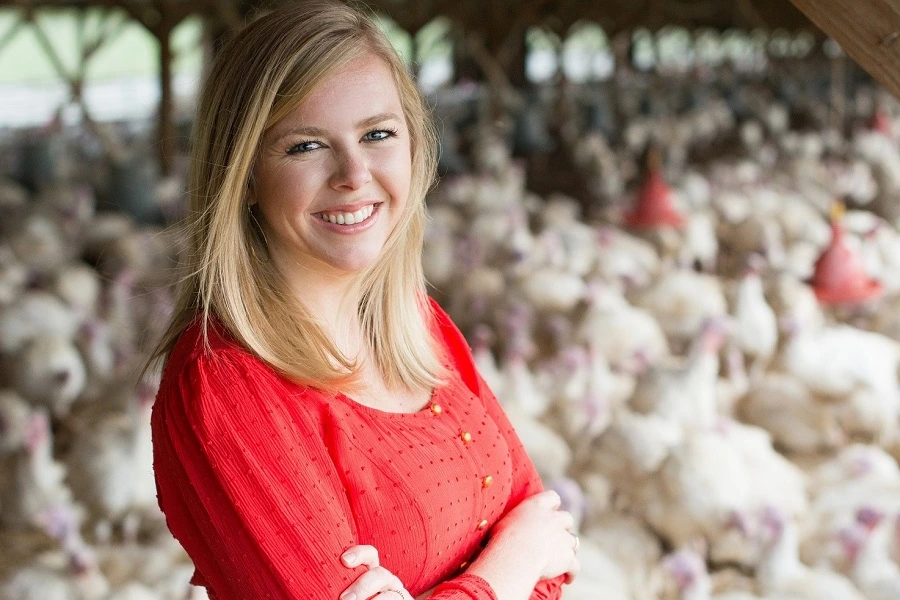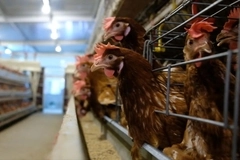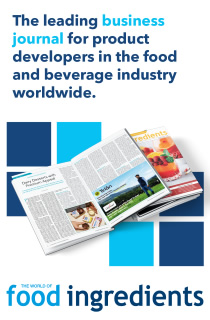Nutrition-boosted turkeys: Study uncovers regenerative farming benefits before Thanksgiving
Key takeaways
- A US study found Diestel Family Ranch’s regeneratively farmed turkeys contain up to 79% more omega-3s and up to three times more antioxidants.
- The nutrient boost is linked to regenerative farming methods that improve soil health, feed quality, and fatty acid ratios.
- The study reinforces the potential of regenerative practices to make traditional holiday foods healthier and more sustainable.

As consumers prepare to enjoy Thanksgiving meals, a new study reveals that regeneratively farmed turkeys are significantly more nutrient-dense than conventional birds. Research on US-based Diestel Family Ranch found that its turkeys contain up to 79% more omega-3s and three times more antioxidants — underscoring regenerative agriculture’s benefits for food nutrition and environmental health.
The Utah State University’s Center for Human Nutrition Studies conducted the expanded analysis on Diestel Family Ranch turkeys, building on last year’s findings, which discovered that regenerative farming improves fatty acid ratios and boosts beneficial phytochemicals in turkeys.
Heidi Diestel, a fourth-generation farmer at the family-owned and operated ranch, views the findings as proof that regenerative agriculture isn’t just “good for the planet or animals.”
“We know, without a doubt, these farming methods are scientifically proven and higher in nutrient density. This includes more omega-3s, antioxidants, and essential vitamins that support immune function and overall wellness,” she tells Food Ingredients First.
“Choosing regeneratively raised turkey isn’t just a nod to sustainability — it’s a science-backed way to nourish your family with more nutrient-rich food while supporting farming systems that protect the planet for future generations.”
For Dr. Stephan van Vliet, director of the Center for Human Nutrition Studies and the study’s lead, the research exemplifies how “animal-source foods from diverse pastures carry more health-linked compounds.”
“There is a connection where the ‘Soil to plant to animal’ link is strengthened. As the birds consume corn or soy that has a higher nutrient density coupled with pasture access and regenerative farming practices, we see a healthier bird and more nutrient-dense meat,” he tells us.
Targeting healthy fats and antioxidants
Diestel’s team saw very consistent test results for nutritional differences across different forms of turkey products year over year.
“While each flock did perform differently, the overall results maintained a very positive outlook,” she says.
 Heidi Diestel, a fourth-generation farmer, says regeneratively raised turkey nourishes consumers and isn’t just a “nod to sustainability.”The California-based ranch’s regenerative turkeys were found to have up to 20–30 times higher protective phenolics, flavonoids, and isoflavones than commodity turkeys. These compounds are important to reduce oxidative stress and inflammation throughout the body.
Heidi Diestel, a fourth-generation farmer, says regeneratively raised turkey nourishes consumers and isn’t just a “nod to sustainability.”The California-based ranch’s regenerative turkeys were found to have up to 20–30 times higher protective phenolics, flavonoids, and isoflavones than commodity turkeys. These compounds are important to reduce oxidative stress and inflammation throughout the body.
Additionally, the birds were found to have nearly 79% more omega-3 fatty acids in breast meat and 56% higher in whole birds. They also showed healthier omega-6:3 ratios, 1.5–2times more favorable than commodity turkey.
Maintaining a healthy omega-6:3 ratio is essential for health. A recent study found that international consumers frequently have consistently elevated omega-6:3 ratios, which research suggests can lead to various autoimmune, inflammatory, and allergic diseases.
The regeneratively farmed turkeys also demonstrated lower saturated fat levels in ground and whole forms of regenerative turkey meat, contributing to a leaner overall lipid profile.
Besides healthy fats, B-vitamins (B2, B7, B12) and vitamin A levels were “significantly elevated” in regenerative turkeys, averaging 50–70% higher than their conventionally farmed counterparts. These nutrients are essential for energy production, neurological health, immune defense, and vision support.
Encouraging nutrient-conscious choices
The nutritional findings are consistent across breast, ground, and whole bird products, says Van Vliet, signaling that regenerative farming practices can have a “consistent positive impact on meat quality.”
 Turkeys fed nutrient-rich corn and soy under regenerative practices produce healthier, more nutrient-dense meat, says study lead Stephan van Vliet.For consumers unable to find or afford regenerative turkey, Diestel suggests going “hyper local” to make more nutrient-conscious choices when shopping for conventional options.
Turkeys fed nutrient-rich corn and soy under regenerative practices produce healthier, more nutrient-dense meat, says study lead Stephan van Vliet.For consumers unable to find or afford regenerative turkey, Diestel suggests going “hyper local” to make more nutrient-conscious choices when shopping for conventional options.
“Local farmers, community supported agriculture programs, and regional producers often follow soil-friendly, pasture-based methods even if they’re not formally certified regenerative. These products can offer improved nutrient profiles and freshness at lower prices.”
While shopping, she urges consumers to look for animals that have had access to pasture or natural forage and movement, “both of which tend to support better nutrient density.”
Diestel Family Ranch says its turkeys are fed US-grown Certified Regenerative feed and have access to open land that mimics their natural shaded forest habitat.
Rethinking food quality
Regenerative agriculture prioritizes soil health and uses methods of rotational grazing, reduced tilling, crop rotations, and vegetative cover to help farms thrive.
However, despite the association of “regenerative” with environmental benefits, the practice also has nutritional benefits.
“Regenerative agriculture is rapidly redefining how we think about food quality. While it’s long been recognized for its positive environmental outcomes, carbon sequestration, biodiversity, and soil restoration, our data demonstrate that it also enhances the nutritional quality of food,” Diestel explains.
“These practices enrich the soil microbiome and plant diversity, which ultimately translates into more nutrient-dense feed and healthier, more nourishing animal proteins. Regenerative farming regenerates both the planet and the nutrient value of our food supply.”


















